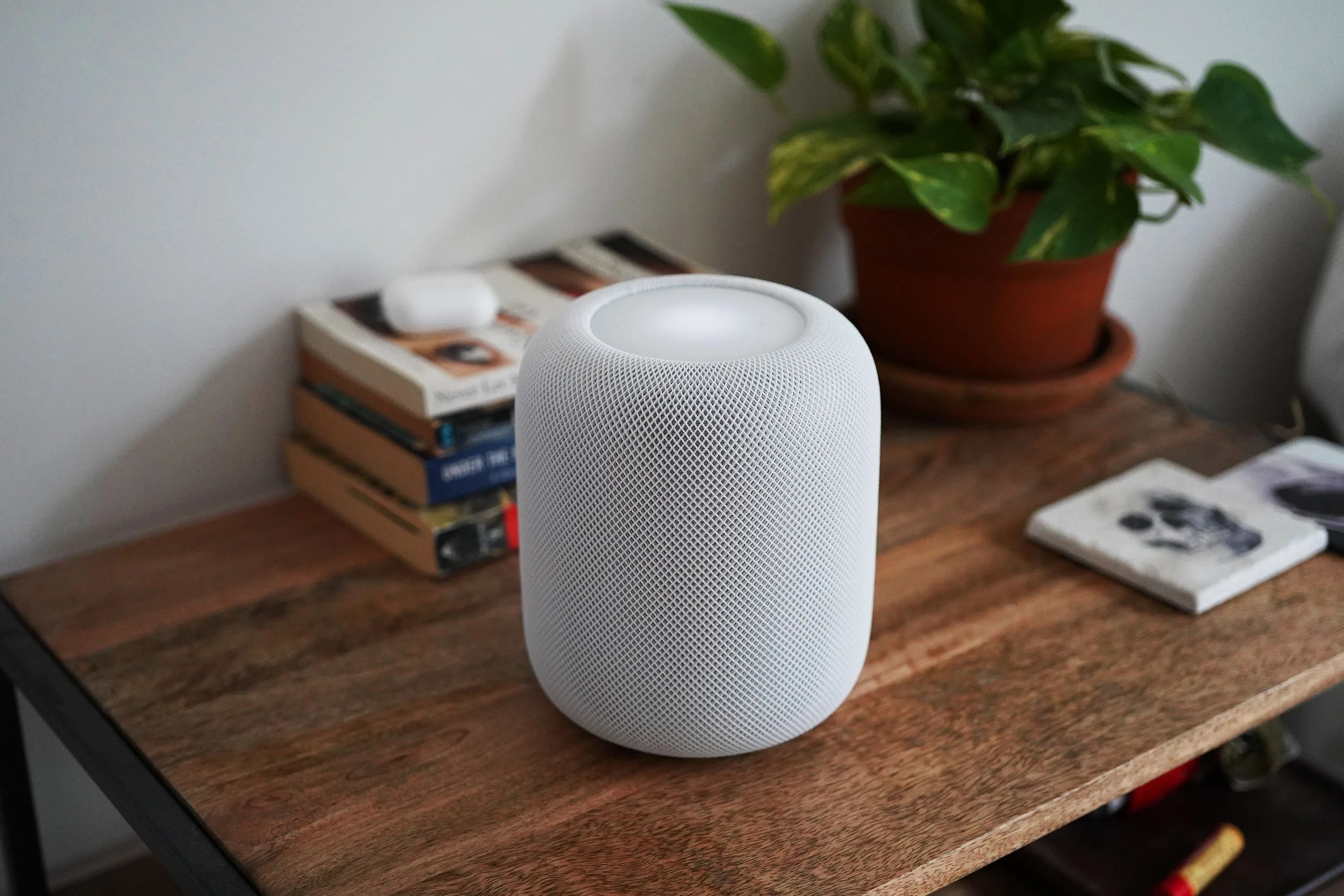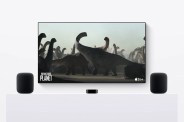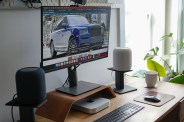Apple’s second-generation HomePod is a bit of redemption — and a bit of déjà vu. It’s not all that different from the first so-called “full-sized” HomePod that was released in 2018 and then discontinued in early 2021; if you have a first-generation HomePod or a HomePod mini, the second-gen HomePod is going to feel quite familiar.
Products in the Guide
-
Apple HomePod (2nd-generation)
Read more
If you’re a big fan of the $99 HomePod mini and you’ve been looking to upgrade— the original (and since discontinued) HomePod is still high in demand; as recently as last summer, the speaker was selling for upwards of $550 on eBay — the newest HomePod is likely just want you’ve been waiting for. But like the first HomePod, Apple’s newest smart speaker is still very much designed for iPhone owners who also are deeply committed to Apple’s own ecosystem and services.
What’s Good About the Second-Generation Apple HomePod?
It’s $50 more affordable than the original HomePod.
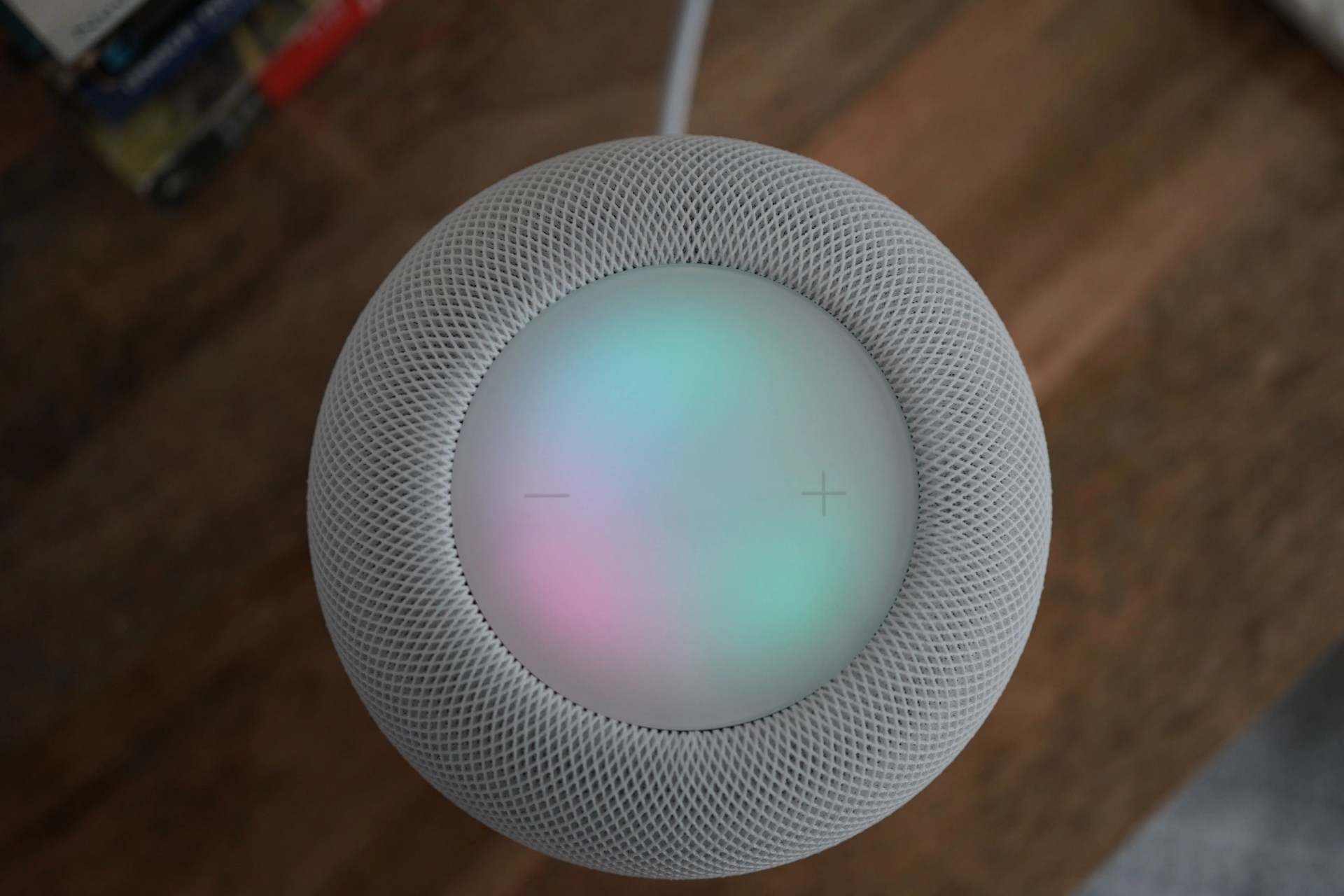
One of the biggest complaints with the original HomePod was its $349 price tag, which was (and still is) more expensive than most other smart speakers. The second-generation HomePod fixes this slightly, by shedding $50. At $299, the HomePod (2nd-generation) is still on the higher side when compared to the rest of the smart speaker landscape, but it’s definitely more manageable.
It has a few noticeable upgrades over the original HomePod.
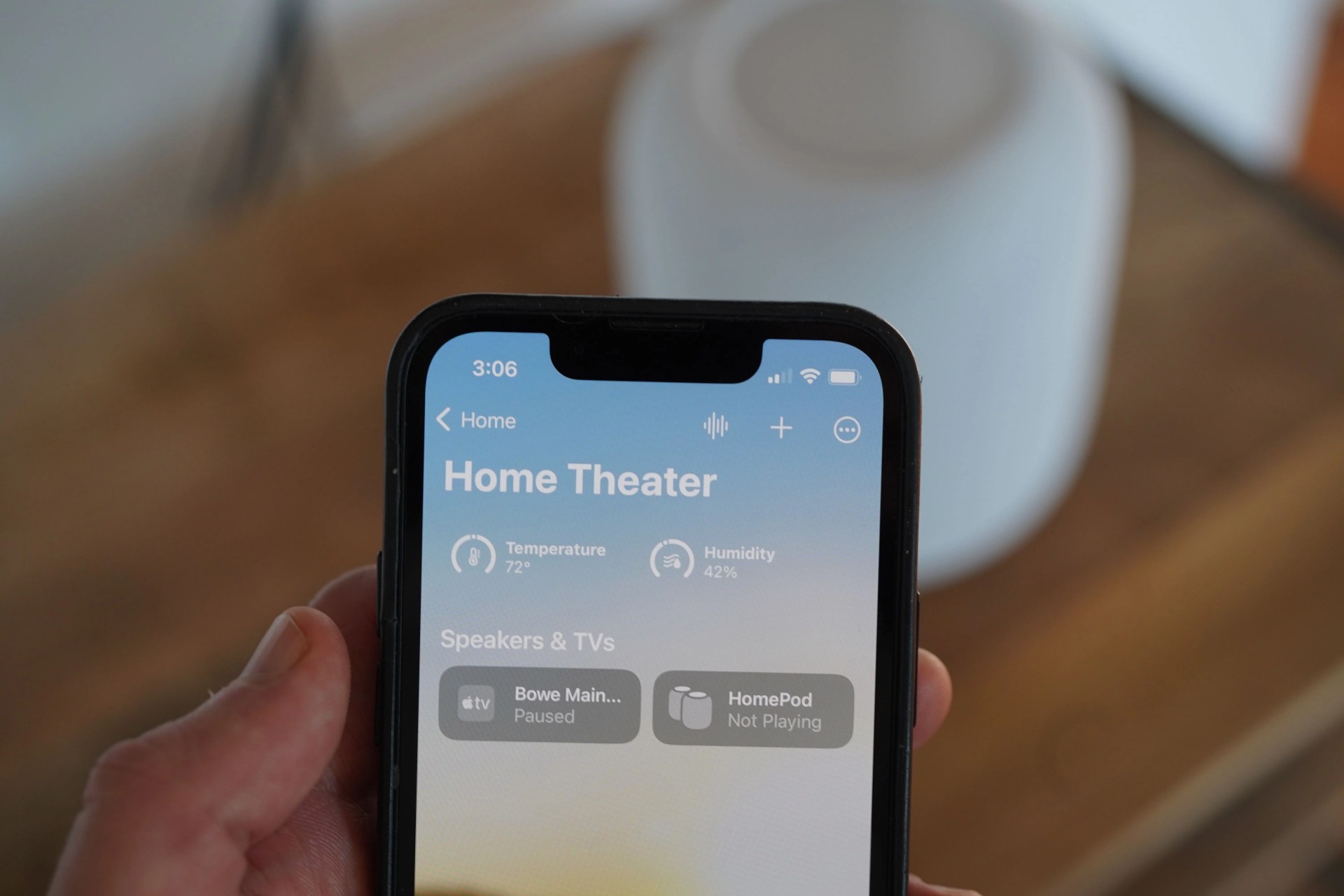
The second-generation HomePod has adopted a couple key features from the 2020-released HomePod Mini that the original HomePod didn’t have. The circular touchscreen on the top of the newest HomePod lights up completely from one edge to the other, for example. It has integrated temperature and humidity sensors, so you can ask, “Hey Siri, what’s the humidity?”
The new HomePod is integrated with Apple’s Ultra Wideband chip, which allows you quickly “hand off” music from your iPhone to the HomePod by holding the two close to each other. And the newest HomePod promises to be a better smart home hub thanks to the fact that it supports Matter, the up-and-coming smart home standard that will allow supported smart devices work better with each other across various Alexa, Google and HomeKit ecosystems.
It’s still one of the best-sounding smart speakers.
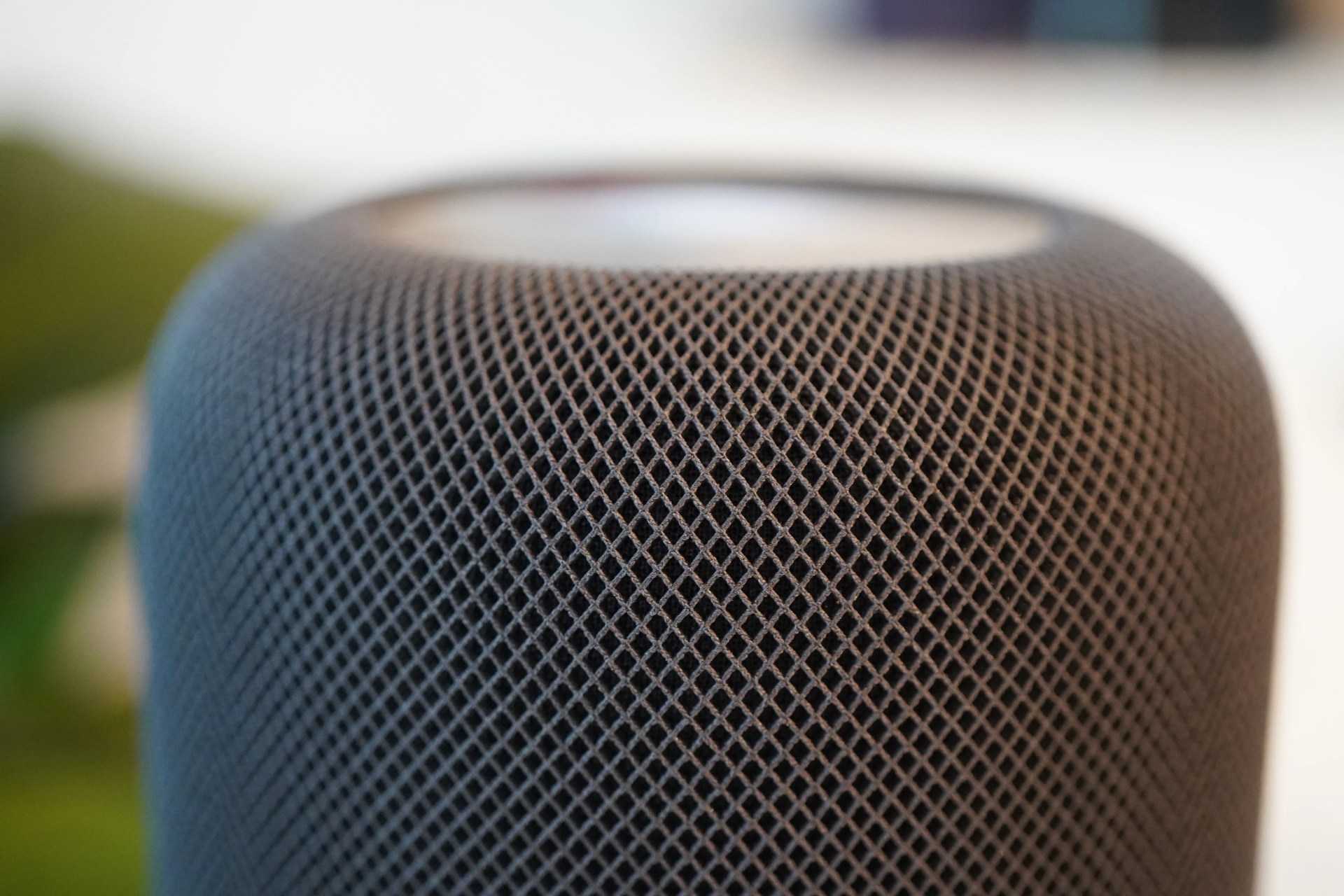
Sound quality was never really an issue with the original HomePod — it was easily one of the best and richest-sounding smart speakers. The second-generation HomePod most certainly lives up the original’s lofty standards. It’s been over a year since I last tested and reviewed the original HomePod, so I haven’t been able to compare the two smart speakers side by side, but the second-generation HomePod sounds big, rich and lively. It’s a similar sound to the original HomePod — and a definite upgrade over the HomePod Mini.
On paper, the newest full-sized HomePod isn’t as good of a speaker as Apple’s first smart speaker. It’s actually a little bit smaller — it’s the same diameter, but 0.2 inches shorter — and has fewer drivers (five tweeters versus the original HomePod’s seven). It also has fewer microphones (four versus the original HomePod’s six), which are important for HomePod’s auto-tuning. But according to Apple, it makes up for those things with sheer processing power and advanced computational audio technologies. Essentially, the new HomePod is able to do more with less — and thus sound just as good than its predecessor.
You need full-sized HomePods for a Dolby Atmos experience.
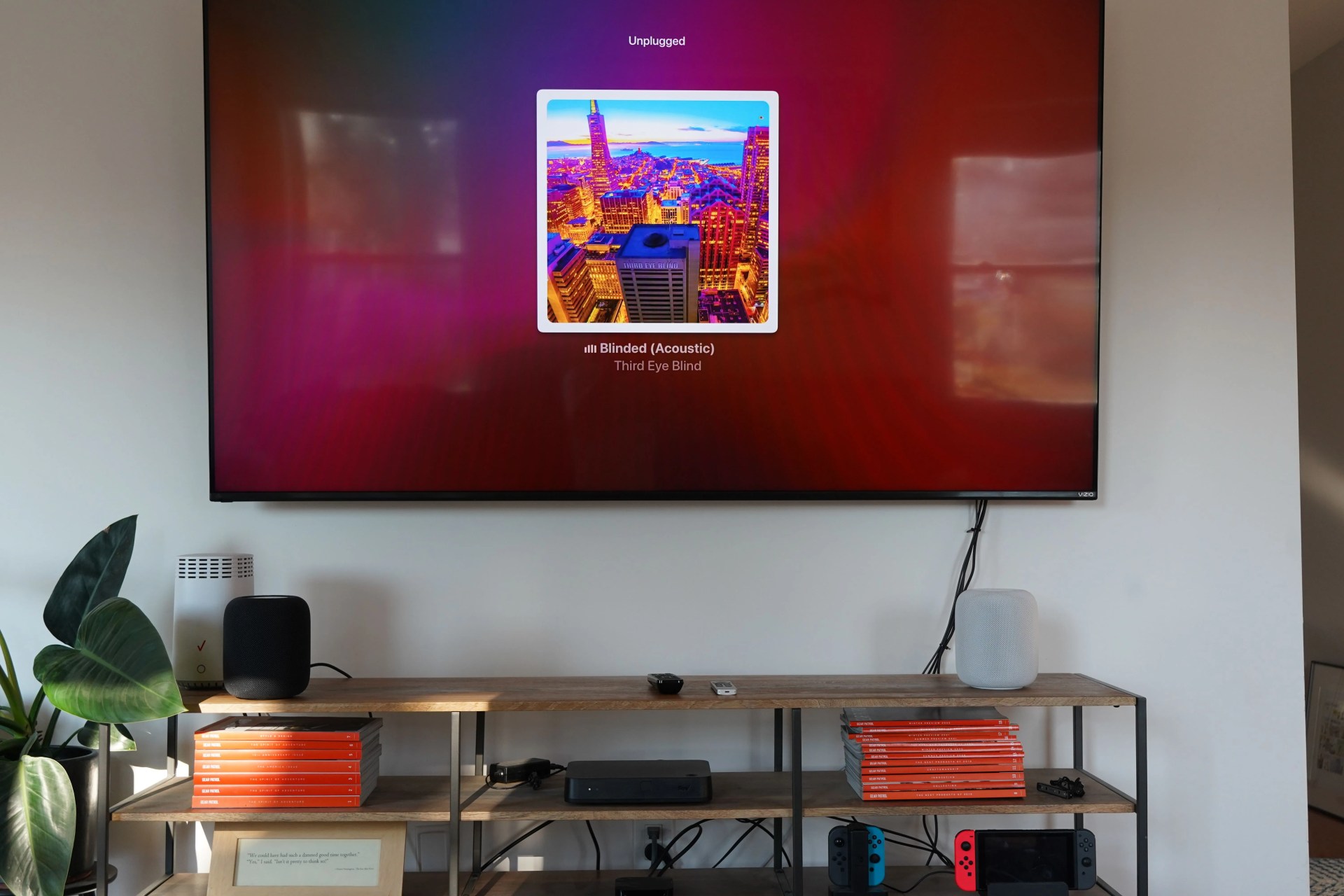
Aside from size and power, one of the biggest differences between the full-sized HomePods — both first- and second-generation — and the HomePod Mini is that the latter doesn’t support Dolby Atmos. So you’re looking to use the two HomePods (or even one) as home theater and TV speakers and you’re looking for the best and most immersive experience possible, you really want to go with Apple’s larger smart speakers.
(Note: In order to use a HomePod as TV speakers, you also need an Apple TV 4K or a (now discontinued) Apple TV HD. An older Apple TV HD, however, doesn’t support Dolby Atmos.)
What’s Not Ideal About the second-generation Apple HomePod?
The new HomePod doesn’t solve all our gripes with the old HomePod.
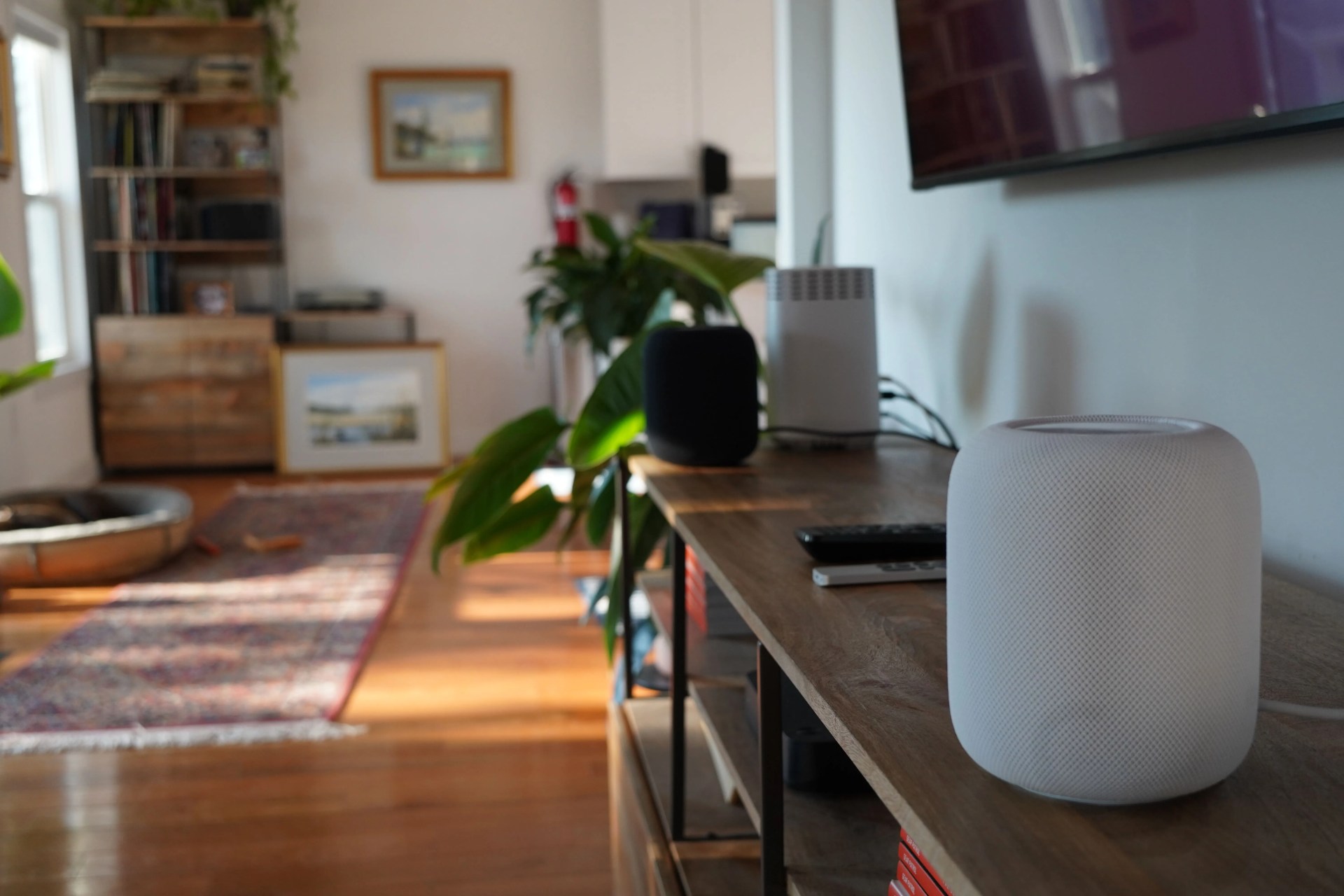
The second-generation HomePod works almost exactly like the original HomePod…meaning it also has the same caveats and limitations. It’s designed to work intimately within Apple’s ecosystem, so you really need not just an iPhone, but also to subscribe to Apple Music for the HomePod to make sense. There are third-party music services other than Apple Music that now support HomePod — such as Pandora and Amazon Music — but it works best with Apple Music. If you subscribe to Spotify, YouTube Music or Tidal, for example, you can’t summon music with your voice via a “Hey Siri”command.
The HomePod is also intimately tied to your iPhone. So in addition to normal smart speaker things like setting timers or answering questions about the weather, you can use “Hey Siri” commands with the HomePod to call or text people, read out text messages or voicemails, and schedule things like calendar appointments.
You can adjust the HomePod’s privacy settings (and even turn off person requests if you’re too worried about it), of course. And you set the HomePod up so that it recognizes your specific voice. But it’s worth mentioning because a HomePod does require a little more attention than other smart speakers.
You need two of the same HomePods to create a stereo pair.
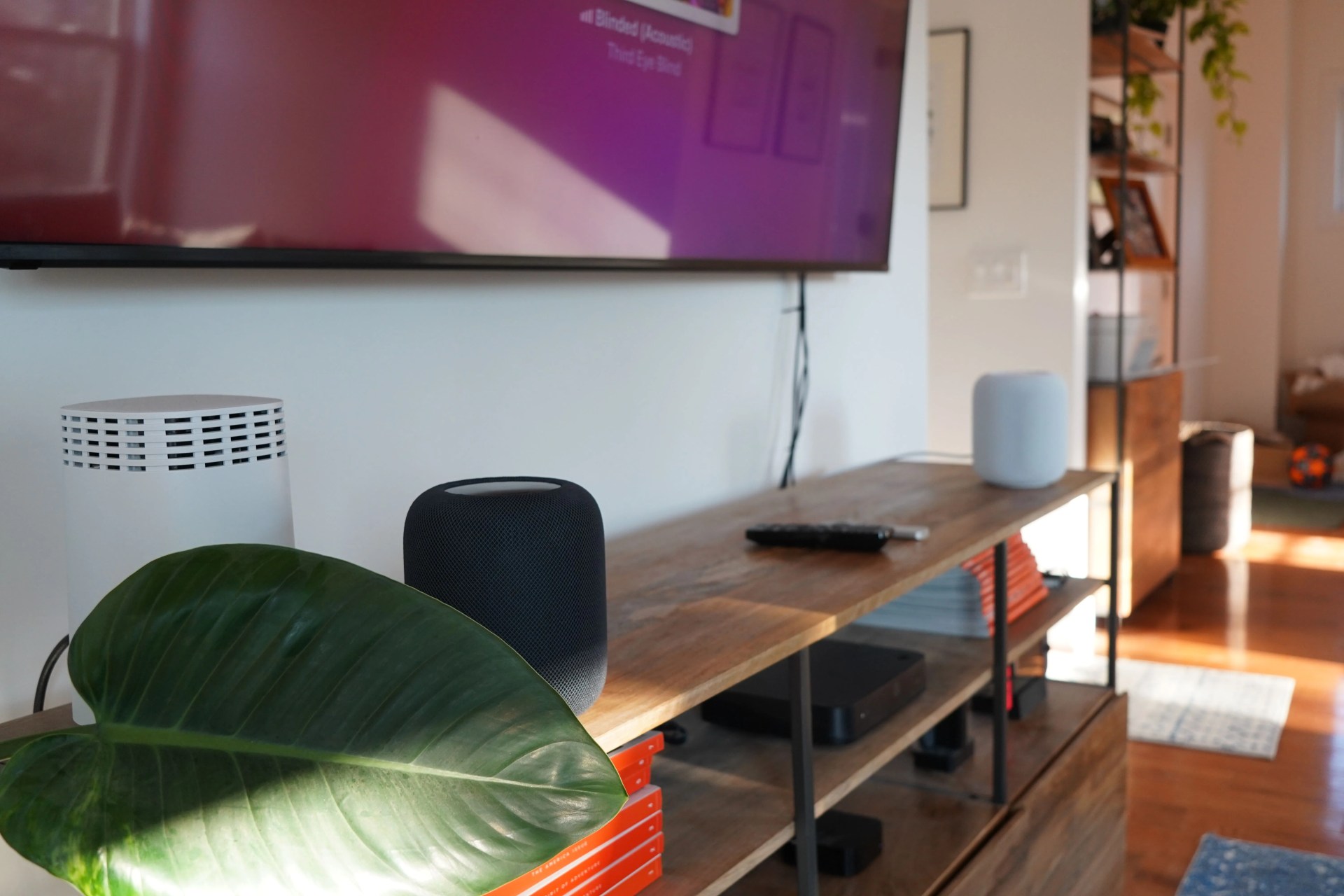
If you have an original HomePod and were thinking you could get a second-generation and create a stereo pair — that’s unfortunately not going to happen. You need two of the same generation HomePods to create a stereo pair. You can’t mismatch a first- and second-generation HomePod, for example, or a HomePod Mini and a larger HomePod. You can integrate any model HomePod in a multi-room sound system where every speaker is playing the same thing, but they can’t be used as stereo pairs.
You also can’t use more than two HomePods in a home theater system with an Apple TV. It would’ve been cool if you could designate two HomePods or two HomePod minis as rear speakers, but it’s not in the cards (yet).
Apple HomePod (2nd-generation): The Verdict
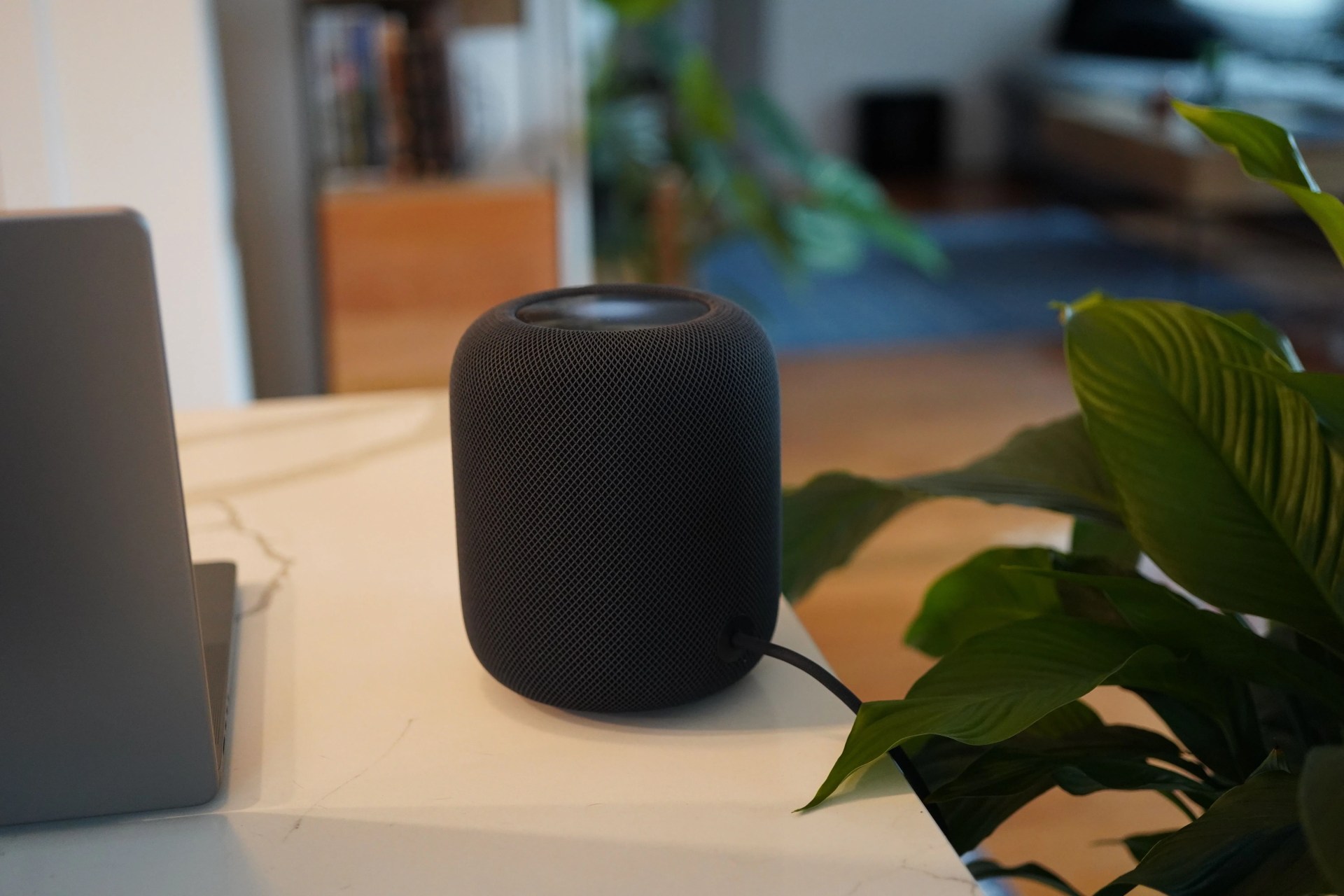
The return of the full-sized HomePod is, without a doubt, a good thing. When Apple discontinued the original HomePod, it was a bummer — I think a lot of people didn’t realize how good it was or how much they liked it until they couldn’t get it anymore. The fact that the second-generation HomePod is a bit more affordable than the original HomePod solves probably its biggest barrier of entry.
But it doesn’t solve everything. Just like the original HomePod, the second-generation HomePod sounds terrific and, thanks to its gorgeous touchscreen display, is one of the best-looking smart speakers out there. While price isn’t as much of an issue as with the original HomePod, the main thing is that you still need to be committed to Apple’s services and smart ecosystem for it to work best — which, to be fair, a lot of people are.
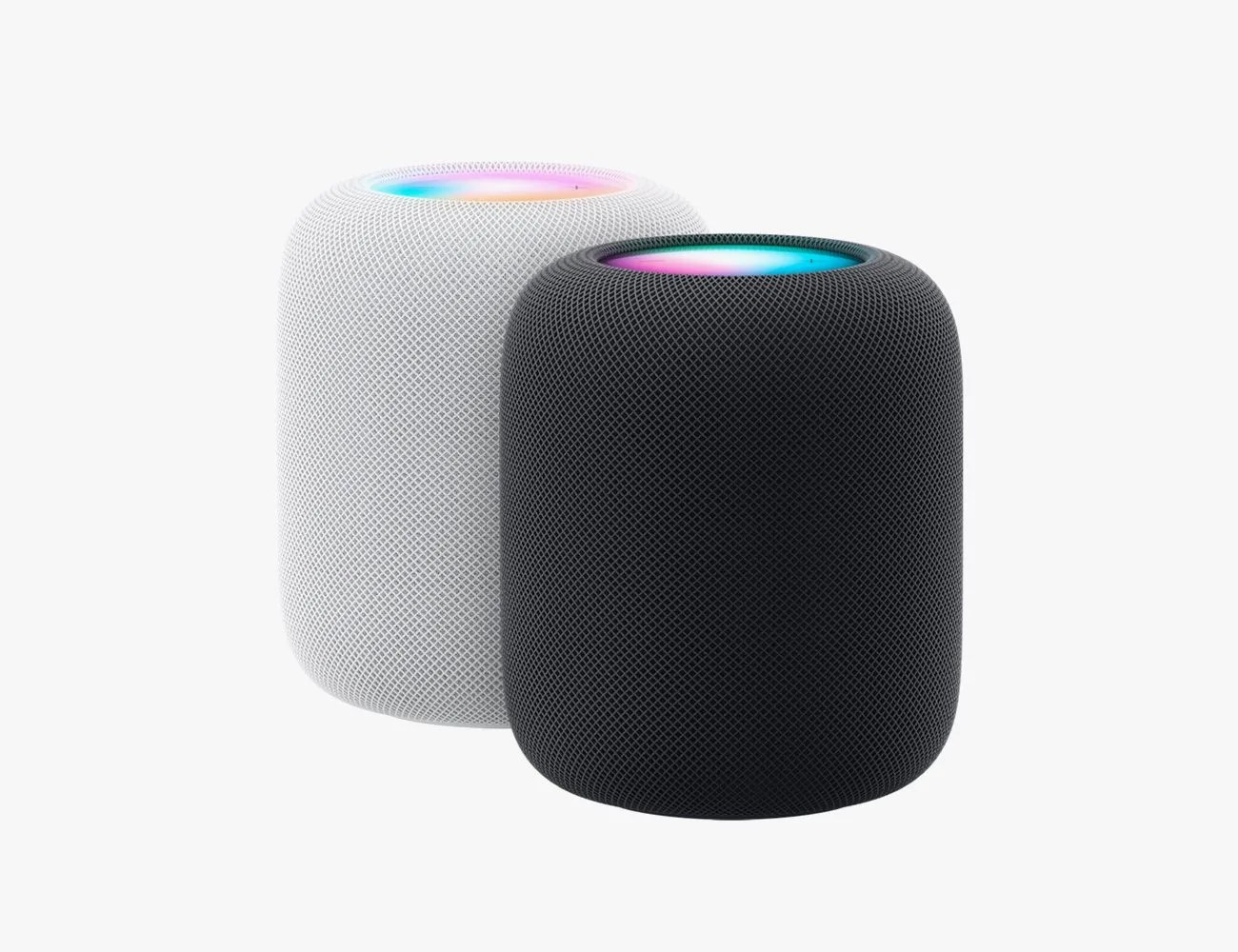 Apple
AppleApple HomePod (2nd-generation)
Pros
- One of the best sounding smart speakers
- $50 cheaper than the original HomePod
- Supports Dolby Atmos, spatial audio and lossless tracks
- New sensors and Matter support are welcome additions
Cons
- Not a great fit for non-Apple Music subscribers
- Can't be stereo paired with an original HomePod
- $299 still ain't cheap
